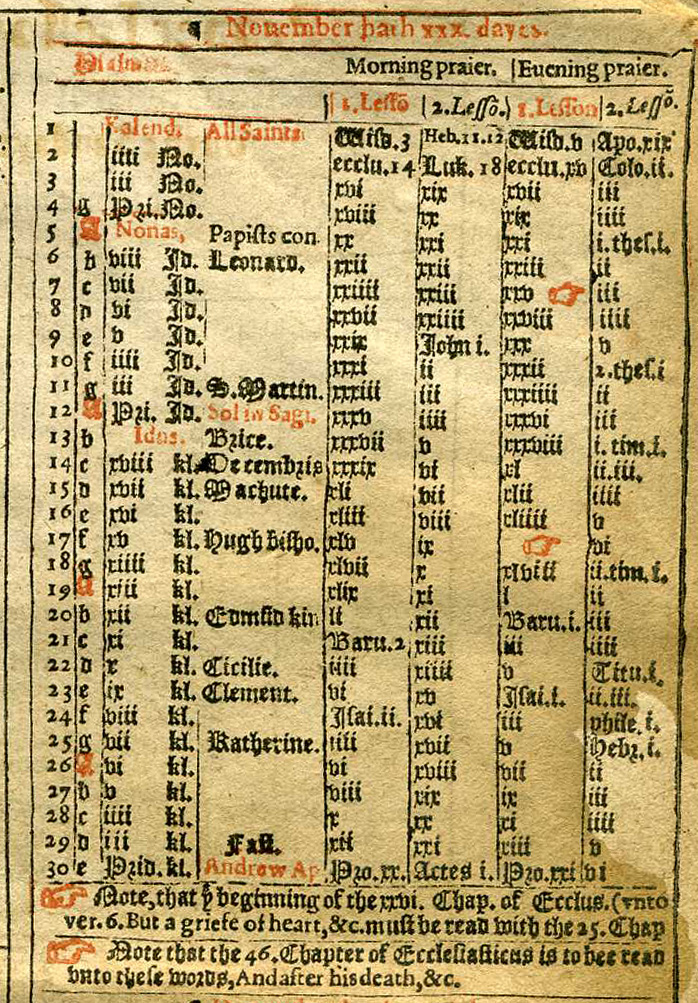
The Julian Calendar replaced the Roman Calendar in 45 BCE on the order of Julius Caesar. Caesar, frustrated with the inaccuracy of the Roman lunar calendar, called upon Sosigenes, an Alexandrian astronomer, to create a solar calendar, based on the Earth’s revolution around the Sun, about 365.242 days. The common year of the Julian calendar is 365 days divided into 12 months. Every fourth year is a leap year, with a leap day added to the last month of the year, Februarius. However, this is too often for leap years to occur, and even this more accurate calendar fell out of sync with the Earth’s solar orbit. This caused important holidays and religious events, such as Easter, to fall several days off of an equinox or solstice. Additionally, the first few decades of the Julian calendar were run under a calculation error, causing a leap year every third year, which only exasperated the problem. Despite these flaws, this calendar was still the most accurate measurement of time in the Roman empire and the Western world. Even when these errors were corrected by the Gregorian calendar, many orthodox churches still choose to continue using the Julian calendar even through to today.
Source: “The Julian Calendar” 2018. https://www.timeanddate.com/calendar/julian-calendar.html. Accessed 7 Mar 2018.
Image: Wikipedia Commons, public domain. https://commons.wikimedia.org/wiki/Julian_calendar
